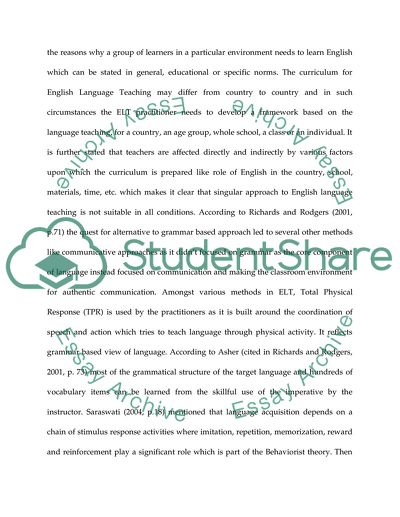Cite this document
(“Corpora are of Little Practical Value to Most ELT Practitioners Essay”, n.d.)
Corpora are of Little Practical Value to Most ELT Practitioners Essay. Retrieved from https://studentshare.org/miscellaneous/1566140-please-see-assignment-criteria-under-the-subject-of-lingusitcs
Corpora are of Little Practical Value to Most ELT Practitioners Essay. Retrieved from https://studentshare.org/miscellaneous/1566140-please-see-assignment-criteria-under-the-subject-of-lingusitcs
(Corpora Are of Little Practical Value to Most ELT Practitioners Essay)
Corpora Are of Little Practical Value to Most ELT Practitioners Essay. https://studentshare.org/miscellaneous/1566140-please-see-assignment-criteria-under-the-subject-of-lingusitcs.
Corpora Are of Little Practical Value to Most ELT Practitioners Essay. https://studentshare.org/miscellaneous/1566140-please-see-assignment-criteria-under-the-subject-of-lingusitcs.
“Corpora Are of Little Practical Value to Most ELT Practitioners Essay”, n.d. https://studentshare.org/miscellaneous/1566140-please-see-assignment-criteria-under-the-subject-of-lingusitcs.


